However, the second half of the year still has many challenges and difficulties, requiring the entire industry to continue to make new efforts and be ready to overcome them.
Industrial production index highest in 5 years
In the first half of 2025, the textile and garment industry's exports reached about 21.7 billion USD, an increase of more than 10% over the same period last year. This result shows that the textile and garment industry is recovering its production capacity and flexibly adapting to market tastes. To date, Vietnam's textile and garment products have been exported to 132 markets, of which the US, the European Union and Japan are key markets. The US market plays the number one role with nearly 7 billion USD, an increase of 17% over the same period.
Chairman of the Board of Directors of the Textile and Garment Group Le Tien Truong said: “In the first 6 months of the year, the production and business efficiency of the textile and garment enterprises of the group is growing at a rate about double that of the same period last year, in which the growth rate is quite good in the US market”.
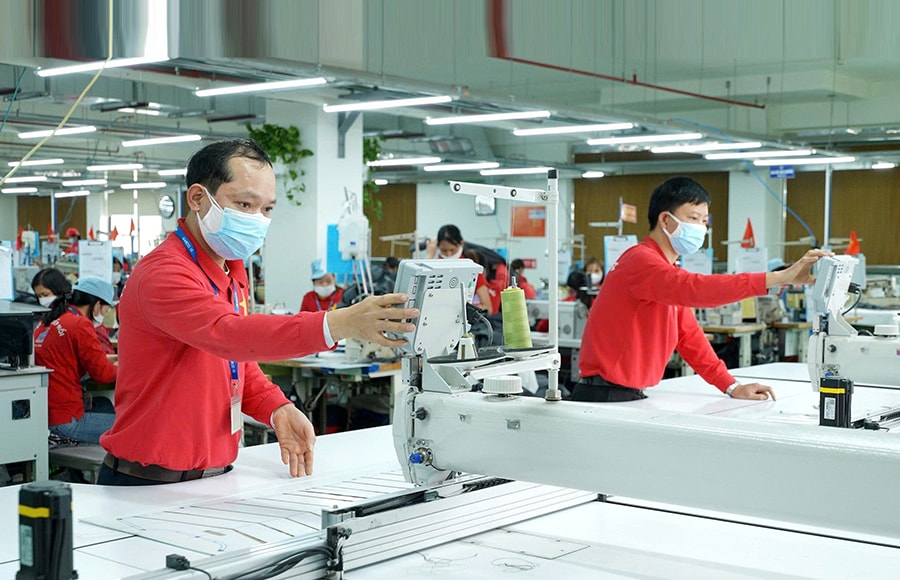
Along with the textile and garment industry, in the past 6 months, the manufacturing and processing industries had a production index increase of 11.1% (in the same period in 2024, it increased by 8.9%), contributing 9.1 percentage points to the overall increase. According to the General Statistics Office - Ministry of Finance , in the first 6 months of 2025, the industrial production index (IIP) is estimated to increase by 9.2% over the same period last year (in the same period in 2024, it increased by 8.0%). This is considered the highest increase since 2020.
The report of the General Statistics Office also said that in the first 6 months of 2025, some key industrial products increased sharply compared to the same period last year. Specifically, automobiles increased by 70.2%; televisions increased by 21.9%; NPK mixed fertilizer increased by 18.9%; LPG increased by 16.9%; casual clothes increased by 14.9%; cement increased by 14.8%; leather shoes and sandals increased by 14.3%; steel bars and angle steel increased by 13.9%...
Associate Professor, Dr. Nguyen Thuong Lang (National Economics University) said that Vietnam's industrial production is recovering positively, despite the volatile global context. The primary reason comes from the increasingly stable and expanding supply chain, reflecting the right investment of enterprises, catching the right signals of domestic and foreign markets. Processing and manufacturing industries have recorded higher competitiveness thanks to green transformation, digitalization and adaptation to climate change. In addition, the decline in orders from competitors creates opportunities for Vietnamese goods to dominate the market. In particular, the Government's policies to stimulate production and support enterprises such as cutting interest rates, reducing VAT, simplifying administrative procedures, policies to develop the private economy or investing in technology, innovation, etc. are showing their effectiveness in actual production and business.
Efforts to maintain growth momentum
The acceleration of industrial production is one of the main driving forces contributing significantly to the country's economic growth in the past 6 months at 7.52%, the highest growth rate in the first 6 months of the 2011-2025 period. This is the foundation for the country's industrial production to continue to grow strongly in the second half of 2025, achieving even higher growth, contributing to the economic growth of 8% as targeted.
According to experts, the end of the year is the time when production increases sharply because market demand is often higher than in the first half of the year, especially in the last quarter of the year. This is a condition for businesses to invest heavily in production and business, promoting growth.
However, in the context of the world with many fluctuations, many challenges and risks will affect the growth of domestic industry, especially the US tariff policy. According to economic expert, Dr. Nguyen Minh Phong, the reciprocal tax of 10 to 40% applied by the US can still keep Vietnamese goods competitive compared to other countries. However, this policy also affects some industries and fields with low levels of localization of raw materials.
To adapt to the new tax rate, businesses need to restructure their supply chains to reduce the proportion of foreign raw materials, thereby reducing the tax rate, while reviewing and minimizing costs to balance profits with the new tax rate. Businesses should also negotiate with US import partners to share some of the risks. In the long term, businesses should diversify their markets, not just rely on the US.
Meanwhile, Dr. Nguyen Thuong Lang warned that the US's imposition of reciprocal tariffs could increase the price of Vietnam's exports, leading to a decrease in purchasing power and creating opportunities for competitors, affecting the growth of industrial production. In this situation, businesses need to optimize production structures, save costs, and develop new business models, especially online business. At the same time, the Government, ministries and sectors need to promote administrative procedure reform, expand and redirect export markets to the Middle East, Africa, ASEAN and China to offset the decline from traditional markets.
Dr. Nguyen Thuong Lang also emphasized the need to accelerate trade negotiations with the US to reach free trade agreements with preferential tariffs. In addition, in order for Vietnamese goods to qualify for a 10% tariff in the US, it is necessary to attract investment in supporting industries, promote joint ventures using domestic materials and labor, and diversify supply sources from countries with FTAs with Vietnam such as ASEAN and South Korea.
Source: https://hanoimoi.vn/san-xuat-cong-nghiep-but-toc-san-sang-vuot-qua-thach-thuc-708949.html



![[Photo] General Secretary receives heads of political party delegations from countries attending the 80th anniversary of our country's National Day](https://vphoto.vietnam.vn/thumb/1200x675/vietnam/resource/IMAGE/2025/9/1/ad0cb56026294afcae85480562c2e790)
![[Photo] Chu Dau Ceramics – Proud of Vietnamese identity at Exhibition A80](https://vphoto.vietnam.vn/thumb/1200x675/vietnam/resource/IMAGE/2025/9/1/c62ab2fc69664657b3f03bea2c59c90e)
![[Photo] People eagerly wait all night for the parade on the morning of September 2](https://vphoto.vietnam.vn/thumb/1200x675/vietnam/resource/IMAGE/2025/9/1/0cf8423e8a4e454094f0bace35c9a392)
![[Photo] National Assembly Chairman Tran Thanh Man receives Cambodian Senate President Hun Sen](https://vphoto.vietnam.vn/thumb/1200x675/vietnam/resource/IMAGE/2025/9/1/7a90c9b1c1484321bbb0fadceef6559b)
![[Photo] Celebration of the 65th Anniversary of the Establishment of Diplomatic Relations between Vietnam and Cuba](https://vphoto.vietnam.vn/thumb/1200x675/vietnam/resource/IMAGE/2025/9/1/0ed159f3f19344e497ab652956b15cca)
![[Photo] Solemn reception to celebrate the 80th anniversary of the National Day of the Socialist Republic of Vietnam](https://vphoto.vietnam.vn/thumb/1200x675/vietnam/resource/IMAGE/2025/9/1/e86d78396477453cbfab255db1e2bdb1)
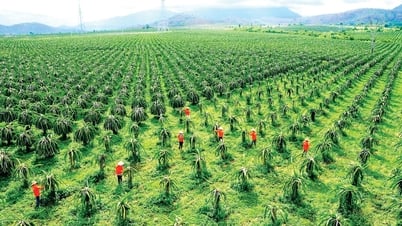











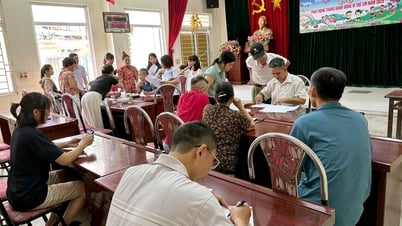





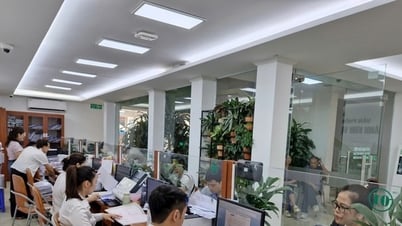










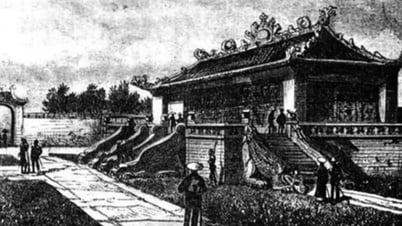

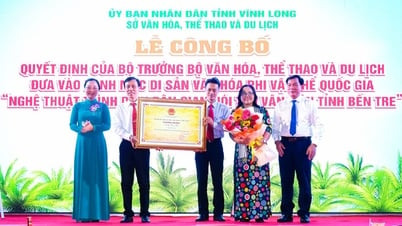










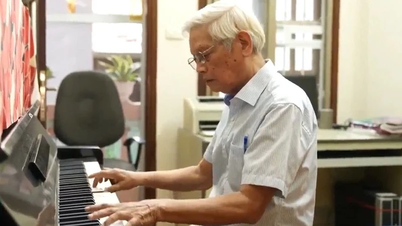
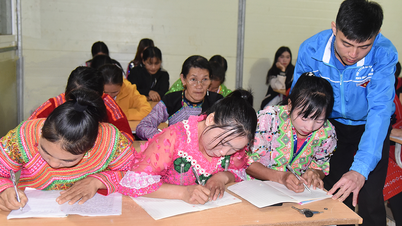





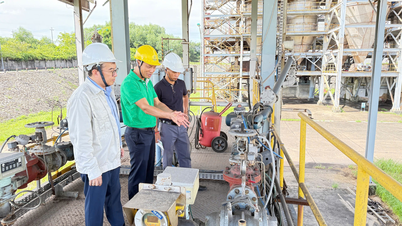



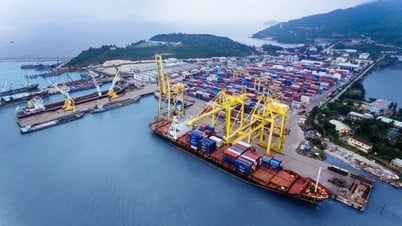





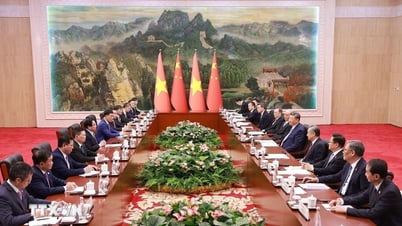



















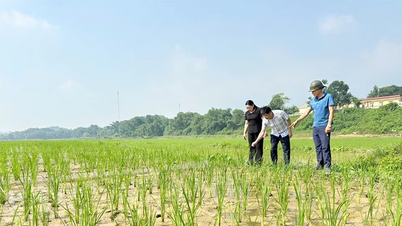

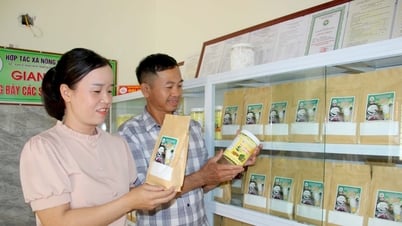



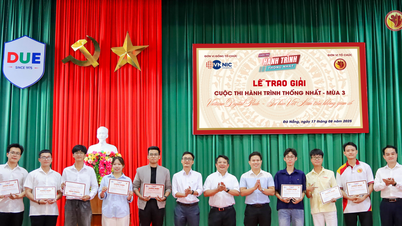








Comment (0)